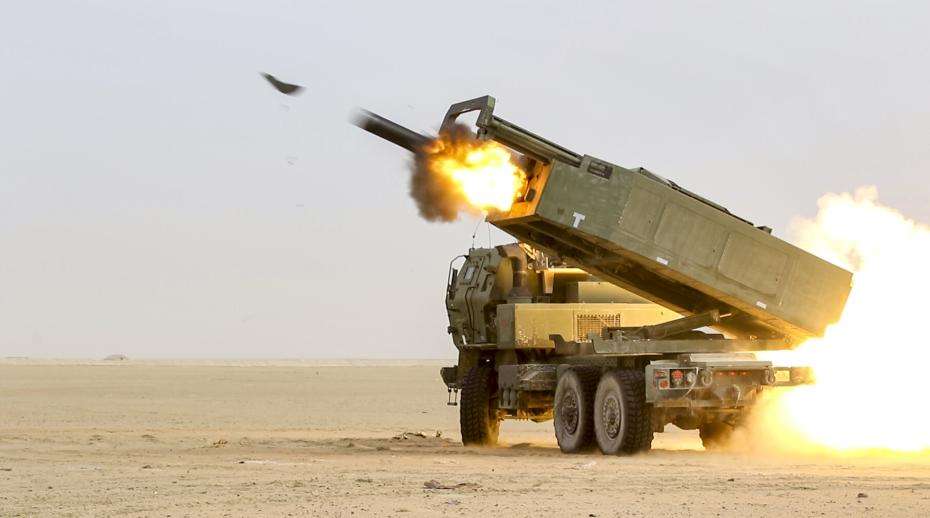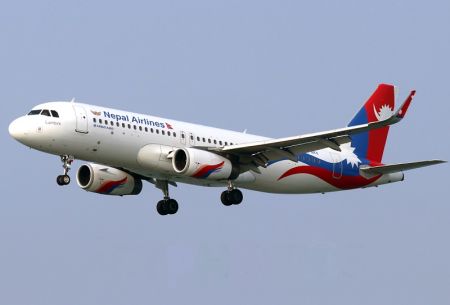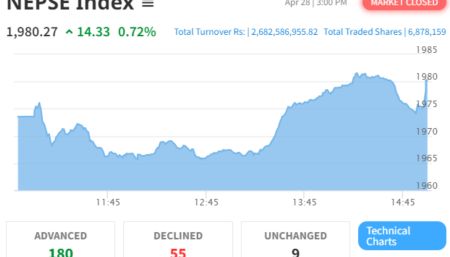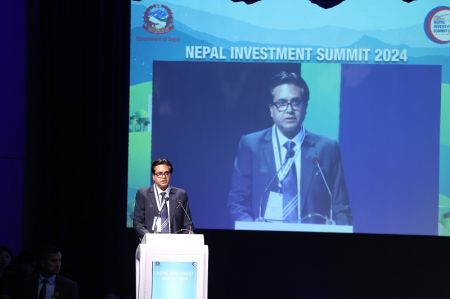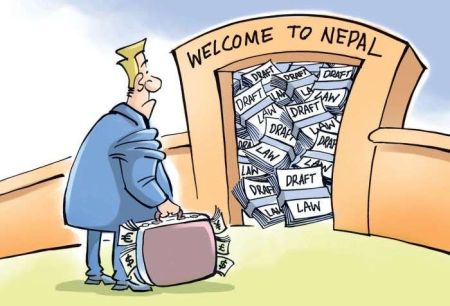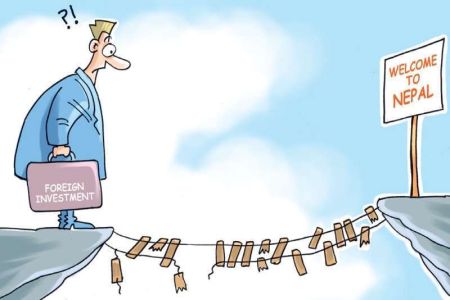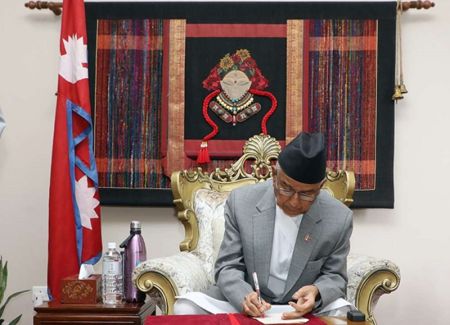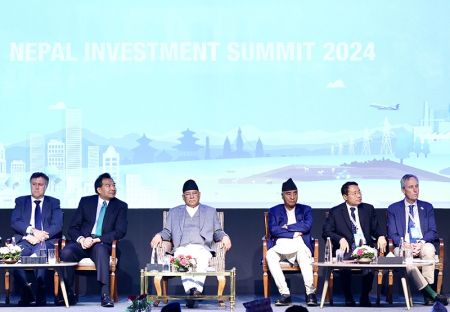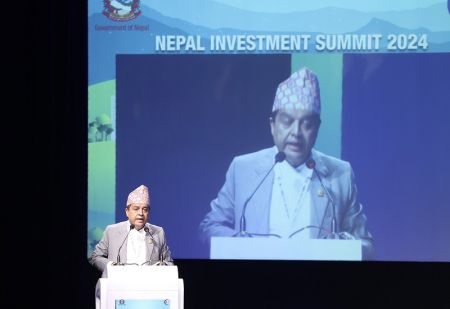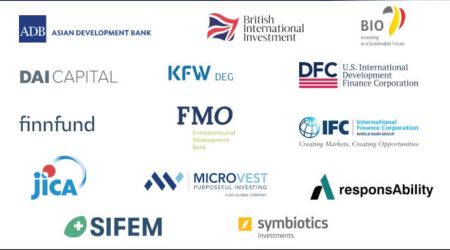March 12: Weapons imports to Europe nearly doubled over the past five years, partly due to the war in Ukraine, while exports from Russia halved, raising concerns for third-world countries like Nepal who are dependent on grants and loans from European countries.
According to a news report published by AFP, Ukraine has become the world's fourth largest arms importer, while France has replaced Russia as the world's second largest exporter behind the United States.
Arms imports to Europe rose by 94 percent in 2019-2023, compared to the preceding five-year period, while overall global arms transfers decreased slightly, according to a report by the Stockholm International Peace Research Institute (SIPRI).
“The increase is partially explained by the war in Ukraine, and Ukraine has become the fourth largest importer of arms in the world in the last five years," AFP quoted SIPRI researcher Katarina Djokic as saying.
SIPRI noted that at least 30 countries had supplied major weapons as military aid to Ukraine since Russia invaded in February 2022. But other European nations also increased imports, with a larger share coming from the world's number one exporter of arms, the United States, added the report.
Meanwhile, Russia -- which long held the position as the second largest exporter -- saw its exports fall by 53 percent between 2014-2018 and 2019-2023.
Russia was not only exporting fewer weapons, it was also exporting to fewer recipients. It only exported to 12 countries in 2023, compared to 31 in 2019, AFP added.
"There are also important changes in the policies of their biggest customer, China," Djokic said, adding China was traditionally one of the biggest recipients of Russian arms but has been pushing to develop its domestic production.
China still accounted for 21 percent of Russian exports, while India was the biggest recipient with 34 percent.
Experts say that the security threat in Europe may significantly impact the donors’ investment in humanitarian causes and other support to third world countries.
In the context of Nepal, foreign grants provided by the donor agencies have been declining due to the decline in the capacity of the Government of Nepal to mobilize the foreign aid in addition to the external factors.
According to the latest Development Cooperation Report published by the Ministry of Finance, the government of Nepal received USD 1.44 billion from donors as foreign aid in the FY 2021/22, which is the lowest since FY 2017/18.
Among the development partners, Nepal received the maximum financial assistance from the World Bank in FY 2021/22. In the review year, 99.5 percent of the total loans received by Nepal were mainly from five development partners - World Bank, Asian Development Bank, International Monetary Fund, India and Japan.
Likewise, 57.5 percent of the total grants was received from the United Nations, the United Kingdom, Norway, the European Union and the Global Alliance for Vaccines and Immunization (GAVI).


